The Evolution of Penguins: How They Lost Their Ability to Fly
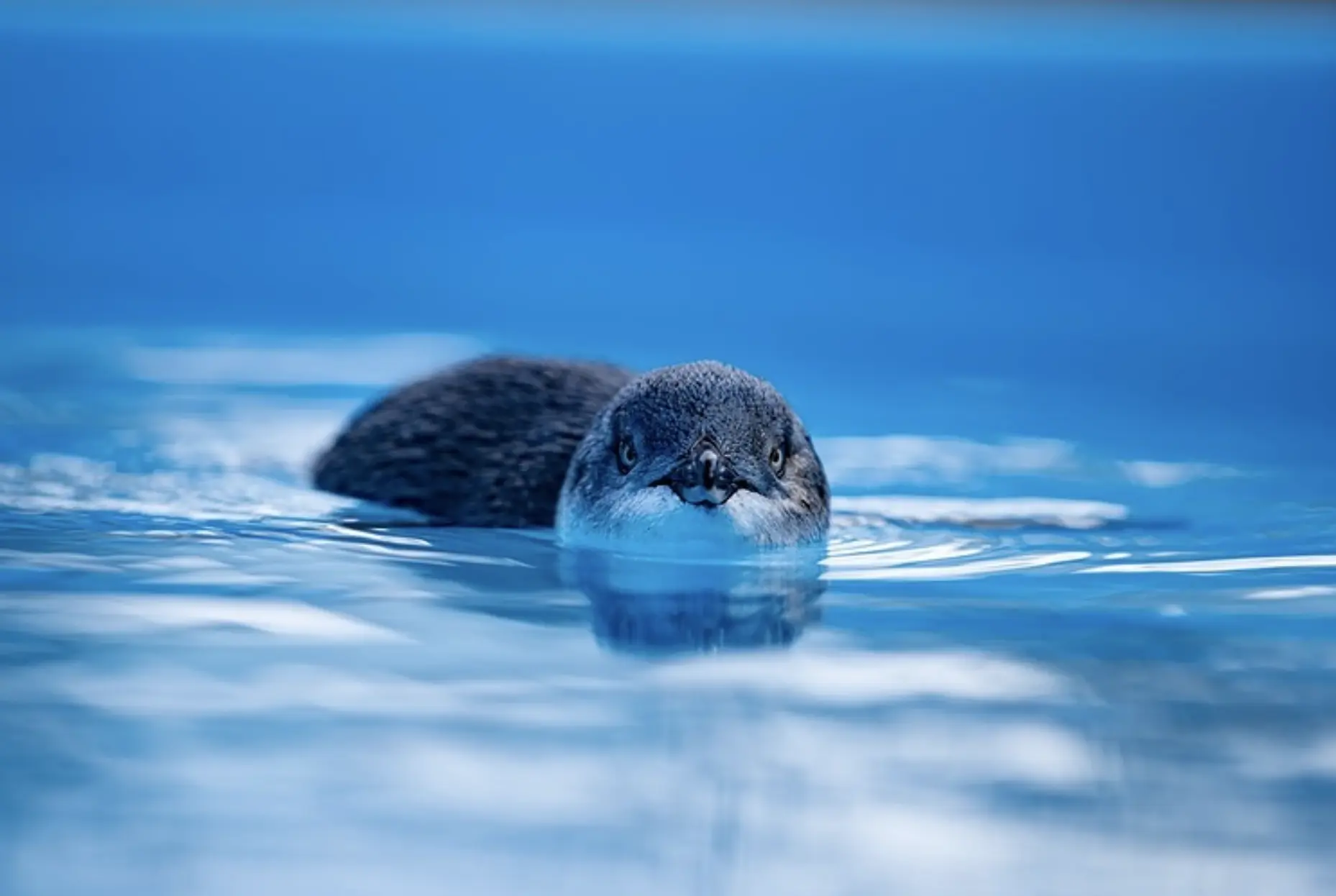
Penguins are a type of bird that belongs to the family Spheniscidae and can be found largely in the Southern Hemisphere. With the exception of a few species, the birds known as penguins have adapted to live primarily underwater rather than in the air. To put it bluntly, and without deception, their wings refused to mend perfectly reflects evolution operating in the right situations over hundreds of thousands of years giving more importance to living underwater as opposed to flying in the air.
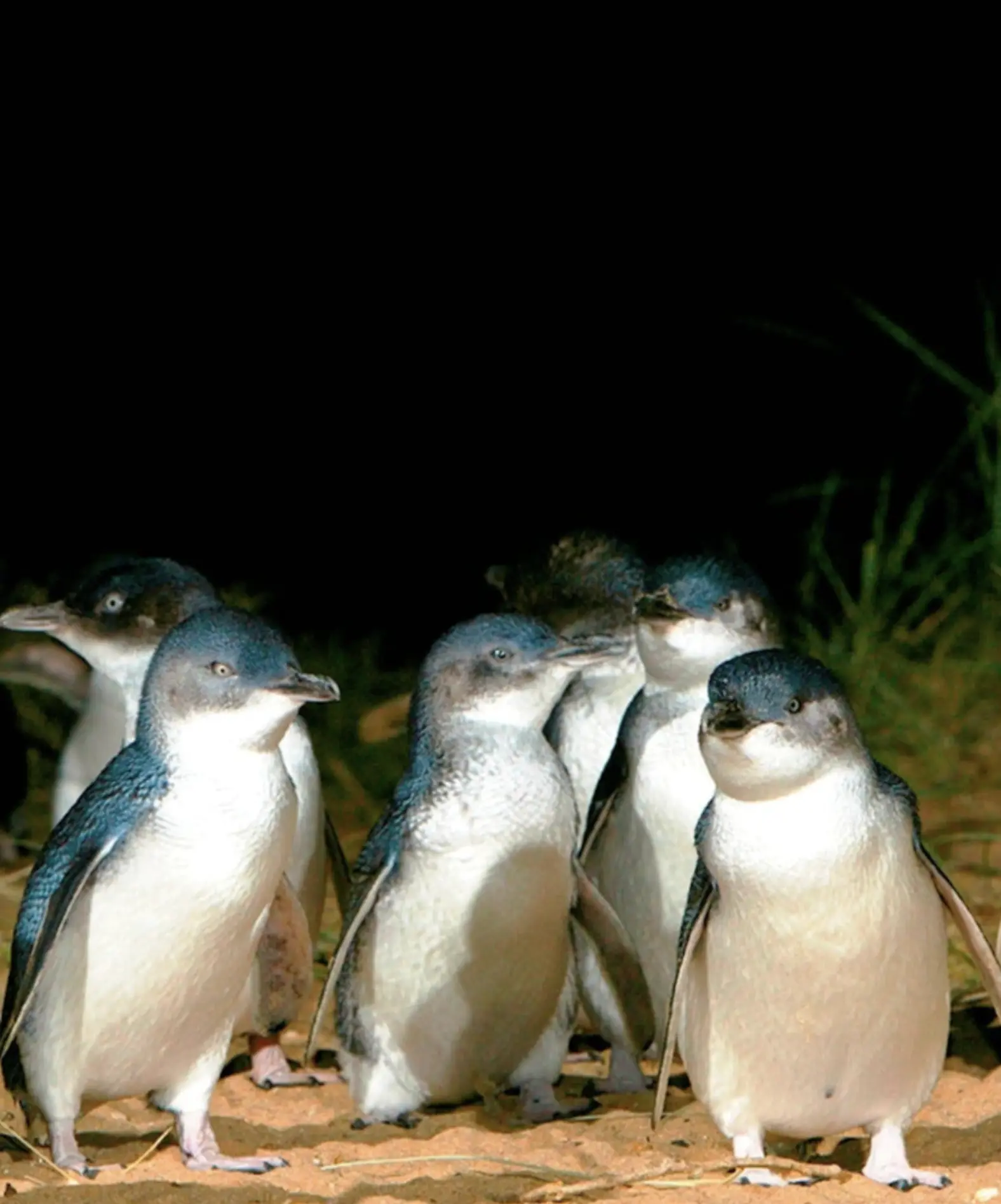
Penguin Evolution
Penguins are among the very special birds existing in the animal kingdom which has attracted many around the globe owing to its special features and agility under the water. There is a group of birds that live in water which includes engaging images of emperor penguins, gentoo penguins together with other flightless birds adapted to evolution in water. What made those creatures stop from flying? Destinations like Phillip Island, famous for its Penguin Parade Tours, allow visitors to witness this evolutionary marvel
Early Ancestors of Penguins
Fossil evidence indicates that early bone-crest and stem-penguin fossils existed before there were trees and fauna 60 million years ago. These ancient fossils are attributed to a diversity of penguins that emerged shortly after the mass extinction event that eliminated the dinosaurs. Things like the fossils of other fossil penguin species tend to suggest that young penguins were of larger body by proportions and were therefore able to achieve a degree of flapping flight. However, in the course of years, they developed their abilities to survive in-water rather than in-air. Visitors on a Phillip Island Day Trip often marvel at how such evolutionary changes allowed penguins to thrive in aquatic environments
Adaptations in the Marine Environment
The change from flying to swimming required certain important modifications in the penguin’s structure and function. As the still existing species of penguins evolved to hunt in the ocean more often, their wings started to shrink and stiffen so that they could be better suited for wing-propelled diving. Their bones became solid, which enabled animals’ diving prone habit. Moreover, the post-hatching fledging penguins possessed better diving vision, since it was crucial to be able to see drowning prey. A deeper dive allowed penguins to perform even better in their marine surroundings and hence, makes the birds one of the most advanced marine creatures in the class Aves. These adaptations can be observed on tours like the Phillip Island Day Tour by Autopia Tours, which showcases penguins’ exceptional swimming abilities.
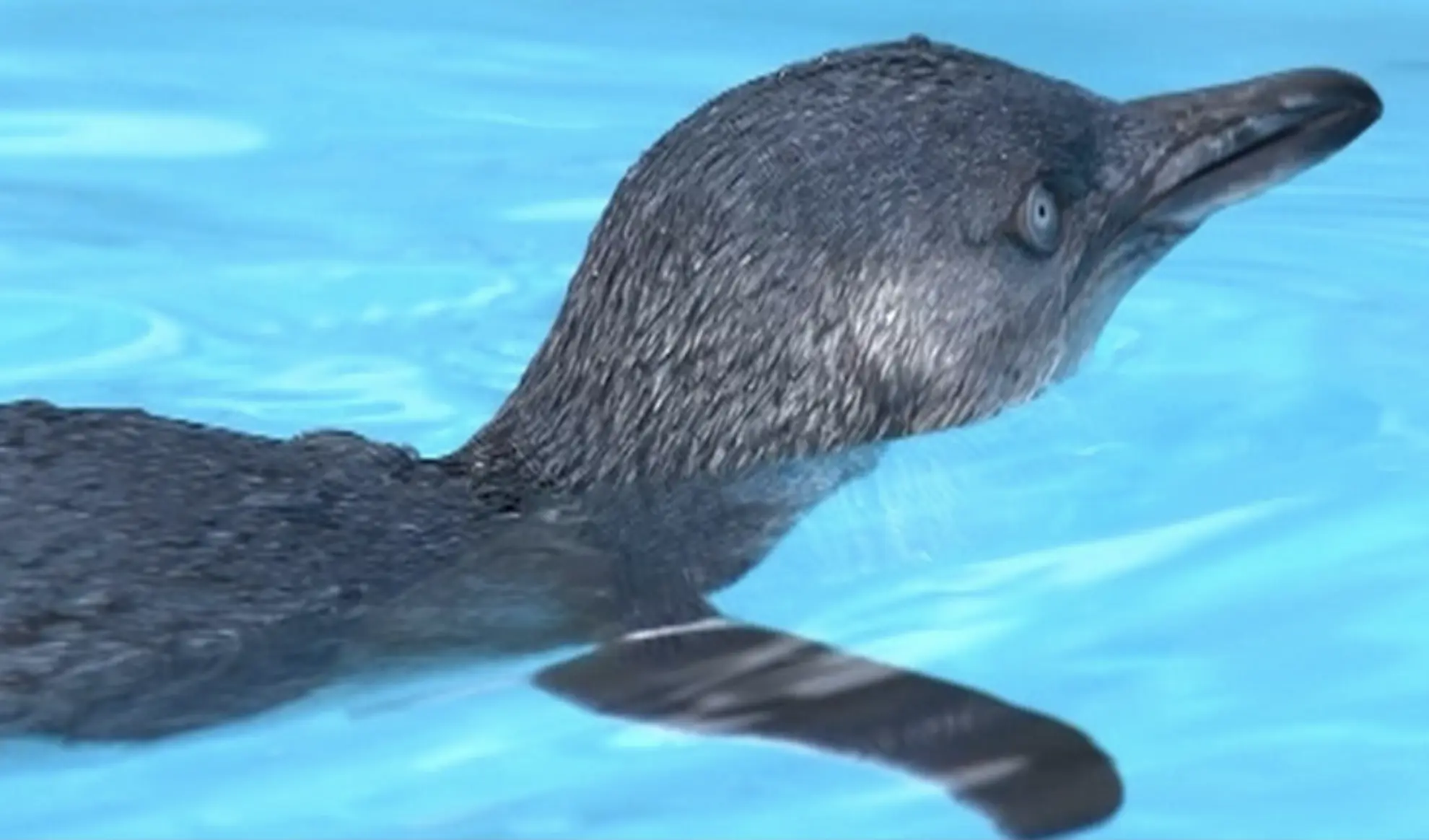
Evolutionary Trade-Off: Flight vs. Swimming
How come penguins can no longer fly? The answer is quite simple as it involves understanding the energy needed to fly. For many birds, flight is a highly energy-effective form of transport, however for penguins, swimming became a more efficient energizing mode of travel within their extreme niches. After the penguin species had successfully adapted to much colder regions under the polar ice sheets and the massive Antarctic ice sheets, their wings transformed to propelling flippers which enabled longer and deeper underwater plunges. For many hundreds of millions of years, this compromise turned out to be beneficial in catching fish, krill, and squid in ocean waters. Evolutionary conservatism gradually transformed penguins into what biologists now call ‘flightless birds‘ whose adeptness is in superb swimming and diving spooning and not in airborne exertion.
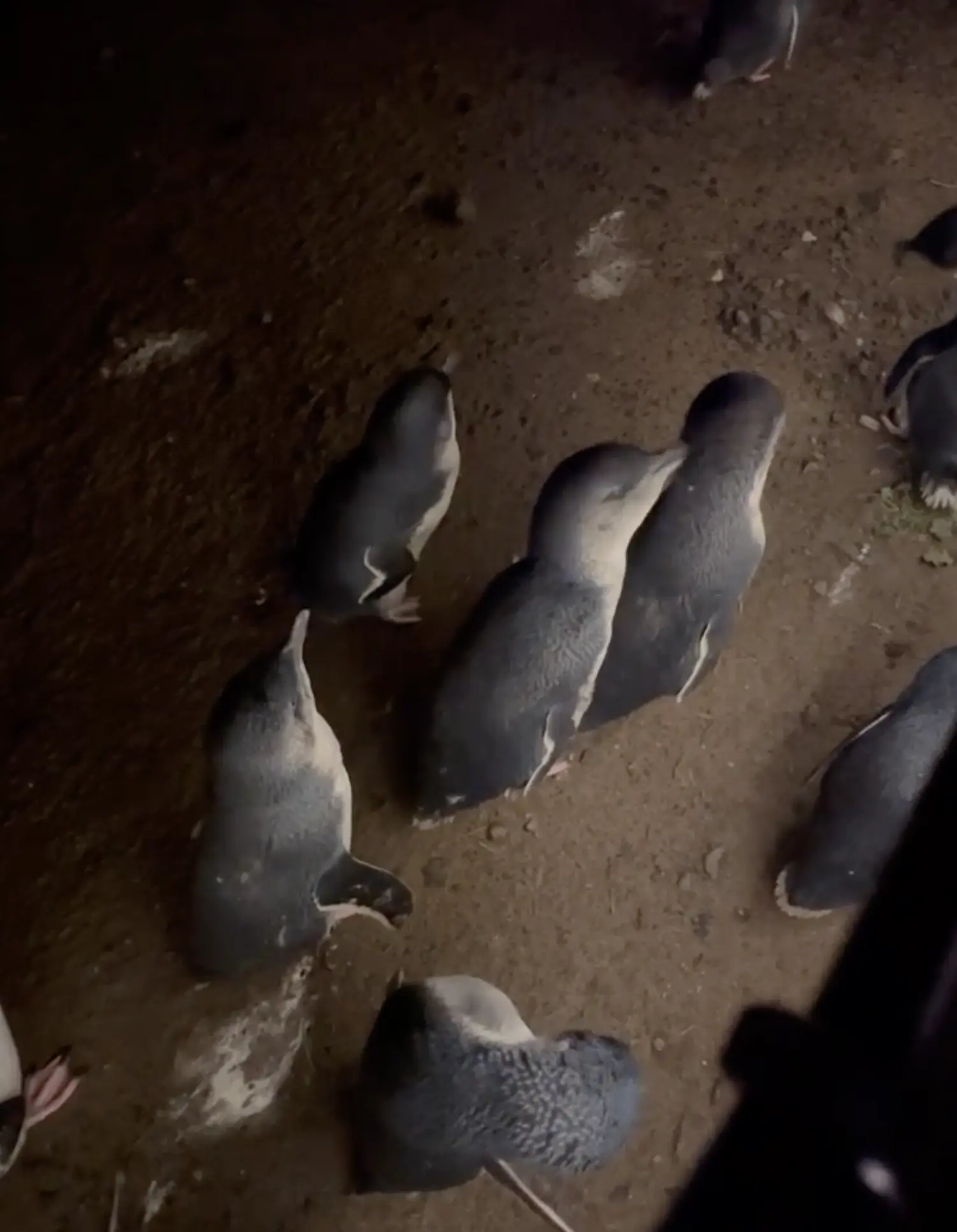
Fossil Evidence of Penguin Evolution
Fossil records of the evolution of the penguins provide us with information as to how the penguins changed over the years. Fossils in New Zealand, Antarctica and other places depict bigger versions of penguins that combined the wings and the specialized wing bone structure with the ability diving. They were aiming for the modern day penguins that appear today along with their varying body proportions, but have been in extinct for a long time. Great morphological variations within gradually stabilized evolutionary rates resulted into what is today the modern penguin forms.
Genetic Adaptations in Penguins
Simplification of the suite of genes possessed by penguins was also lifesaving. Studies of the adaptation of penguins in the populations found genes in penguins which are responsible for functional adaptation to be skewed towards cold and aquatic functional adaptation. However, some molecular changes in the structure of hemoglobin genes have enabled penguins to live in the extreme cold waters of Antarctica. However, DNA studies have shown that among other most avian species, penguins still possess similar genes such as chicken MB and 8716 other high-confidence orthologous genes archaic domesticated chicken—a conjecture previously unproven due to their profound variation in way of life. Observing penguins during a Phillip Island Penguin Tour provides insights into their resilience and adaptability.
The Role of Ocean Temperatures and Ice Volumes
The ocean temperature and southern ocean ice volumes have influenced mainly the speciation of the diversity of penguin species. When the temperature changed and the ice sheets grew or retreated the penguins learned to adjust. The breeding times, migratory behavior and foraging strategies of the species were influenced by the average sea surface temperature of the regions that they inhabit. These changes within these environments also changed the subsequent evolutionary course of penguins as complex and multiple geographic species appeared: polar, and temperate.
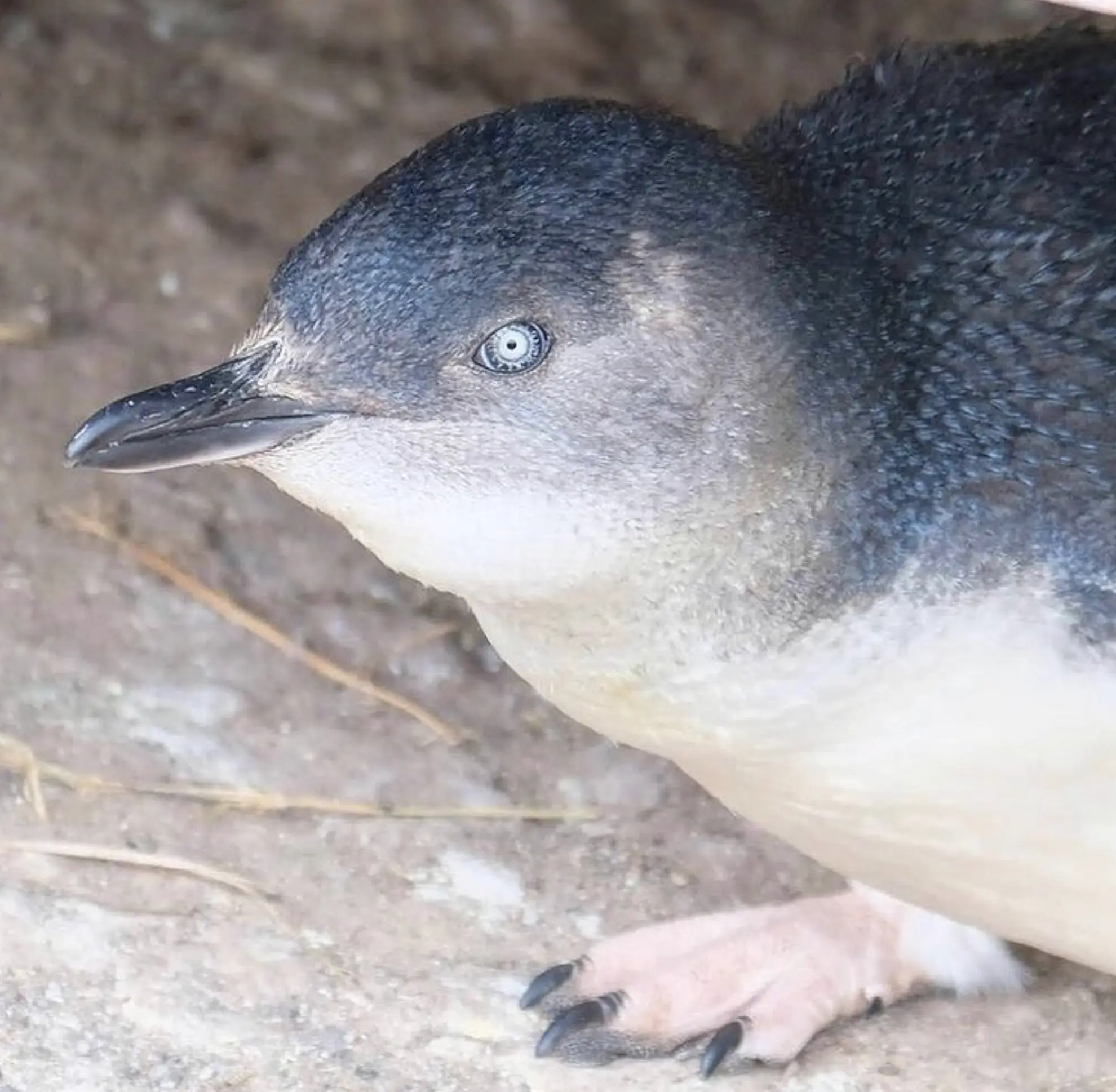
Penguins’ Evolutionary Challenges in Modern Times
Though penguins have managed to survive for millions of years, they now come are being threatened with modern challenges such as Climate change overexploitation habitat destruction and climate change etc. Climate change has led to melting polar ice sheets, which means there are fewer areas of ice available for breeding for species such as the Emperor penguins. Changes in such ocean conditions as very unfortunate average sea surface temperature are making it hard for penguins to hunt since prey is also in short supply. These steps are directions toward the measured synthesis of existing species and deserving attention especially for such species whose habitats are very sensitive.
Penguins in the Modern World
Penguins today are also facing challenges which accelerate their adaptation processes toward the prevailing conditions. They have although faced challenges in their habitats due to climate change and anthropogenic stress as the fossil history of them shows, the persistence of remarkable adaptation and resilience.
Hence the awareness of the evolutionary aspects of species will assist in awareness strategies in preventing their extinction. It is importantly to state that their water spaces should be conserved including their effects from global warming.
As much as a travel agency exhibits interest in the wildlife, sympathetically advertising on the suicidal islands can also give a new approach to the travel enthusiasts preventing the suffering to the penguin geniuses. The cold continents like Antarctica, South Georgia, and the shores of New Zealand allow for the observation of penguins in their habitats which aids the dual objectives of improvement of knowledge and creating awareness on conservation.
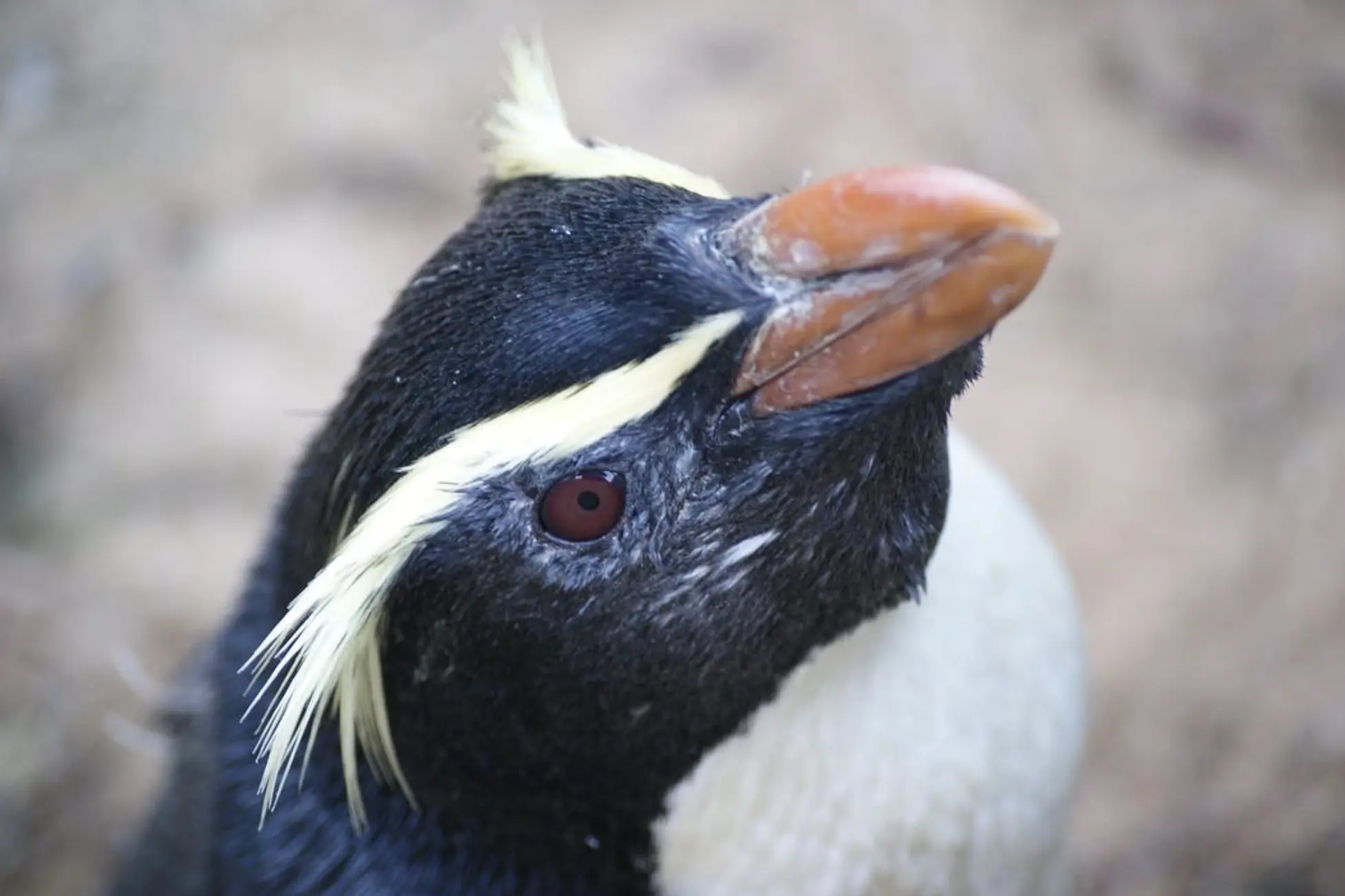
Conclusion
As can be seen in the progression of the human race, the sea creatures known as the penguins have their way of adjusting themselves to the severe conditions of the sea. For the silk-flying ancestors to today’s waterfowling, non-flying sea birds, the penguins are among the most adopted animals in the world. While genetic evolution, shifts in their population dynamics, and behavioural adaptations to a new ecology all played a role, the bulk of these factors would be best explain as biological specialisation of the penguins that explains their presence in some of the harshest conditions on earth.
FAQs
What is the time span of a penguin’s flight in history?
Around 60 million years back, predating the full global swelling of glaciers, it’s likely that penguins switched from being a flying bird to a marine existence, losing their flying capacity. Their wings were progressively modified from that of a bird’s flying appendage to that of a swimming flipper.
What is the reason that penguins are referred to as non-flying birds?
Penguins are regarded as birds with no flight which include features of modification but it is not used for soaring. Rather, the previous flapping dulls and serves as flippers to enhance movement underwater, which is adapted to the sea.
What is the contribution of genetics in the evolution of penguins?
Genetics has been a determining factor in the evolution of the penguins. Some of the genes unique to penguins that led to cold adaptation, oxygen inclusiveness and wing-driven dives have enabled them to flourish in cold seas making them effective operators of waterfronts.
In what manner have the climatic changes impacted penguins?
Penguin habitation areas, especially those of Emperporo penguins, are belli by the climate change which incorporates warming of the entire Earth and downsizing the Antarctica ice sheets. The reason for volatility in too many climatic conditions affects the population of penguins.
How has the evolution of penguins been documented in the fossil record?
Fossils of ancient bones come to show the evolutionary history of Penguinia to the lineage of the bird as a composition of flying organisms. This happens over several millions of years, on finding left the land, fossils suggests the changes in their wings and body that made them more efficient swimmers.